Expert Radon Mitigation to Ensure Indoor Air Safety
Radon mitigation systems are essential for reducing indoor radon levels, which can pose health risks over prolonged exposure. Proper installation and maintenance of these systems help ensure safe indoor air quality and compliance with health guidelines.

Professionally installed mitigation systems typically take a few hours and involve installing vent pipes and fans to vent radon outdoors effectively.
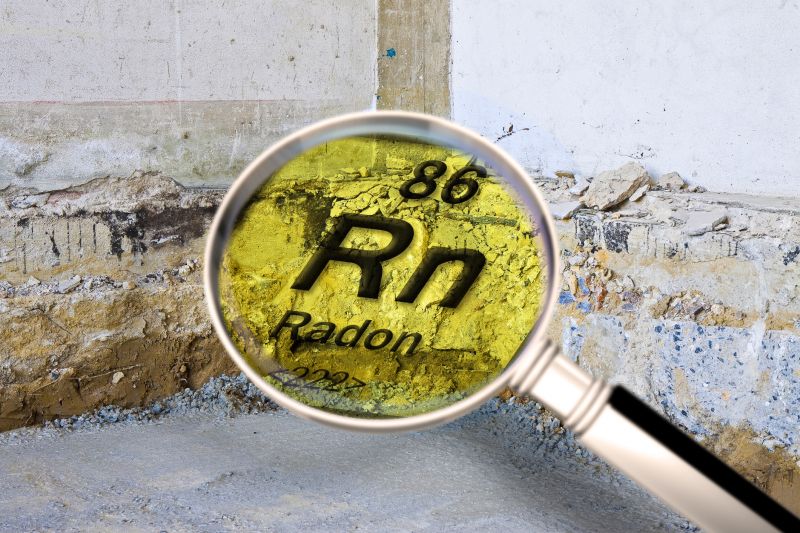
Visual evidence of a finished radon mitigation setup demonstrating proper sealing and venting to ensure optimal performance.
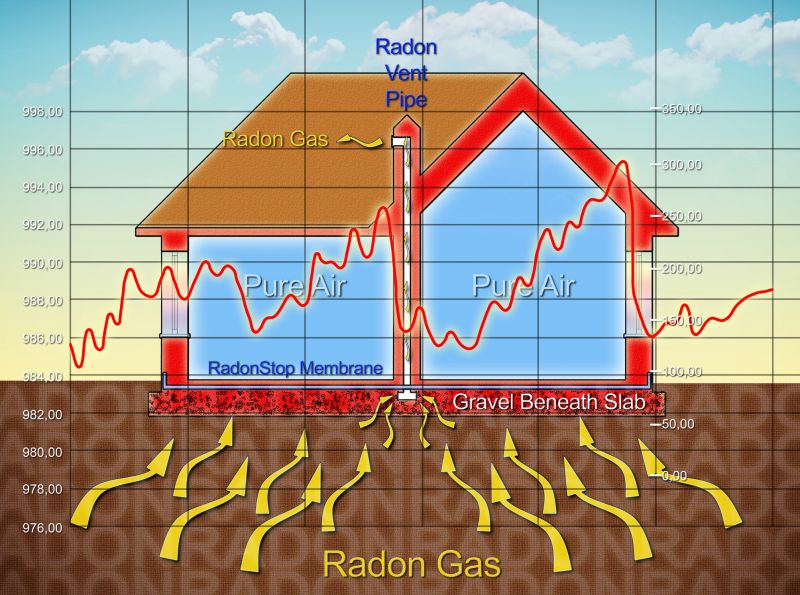
Key parts include vent pipes, fans, and airtight seals that work together to lower radon levels inside the building.
Radon mitigation systems are designed to significantly lower radon concentrations, often reducing levels by over 90 percent. This reduction can dramatically decrease the risk of radon-related health issues, making mitigation a vital step for homes with elevated radon levels.
Mitigation Process and Timeline
The process of installing a radon mitigation system generally takes between 4 to 8 hours depending on the home's size and construction. It involves assessing the current radon levels, designing an appropriate system, and installing vent pipes and fans to vent radon outdoors. Testing is conducted afterward to confirm that radon levels have been effectively reduced.
Importance of Hiring a Professional
Engaging a professional for radon mitigation ensures the system is installed correctly and functions efficiently. Proper installation minimizes potential issues such as leaks or ineffective venting, which could compromise indoor air quality and safety.
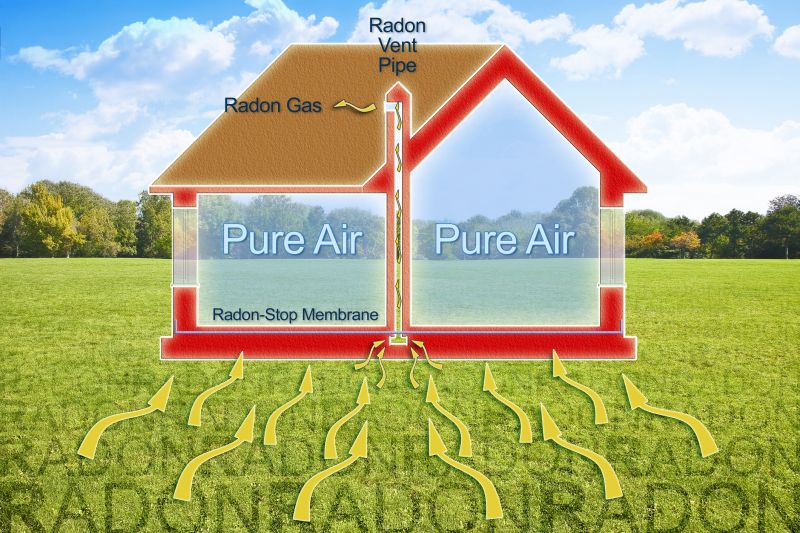
Professionals follow best practices to install vent pipes and fans securely, ensuring long-term effectiveness.
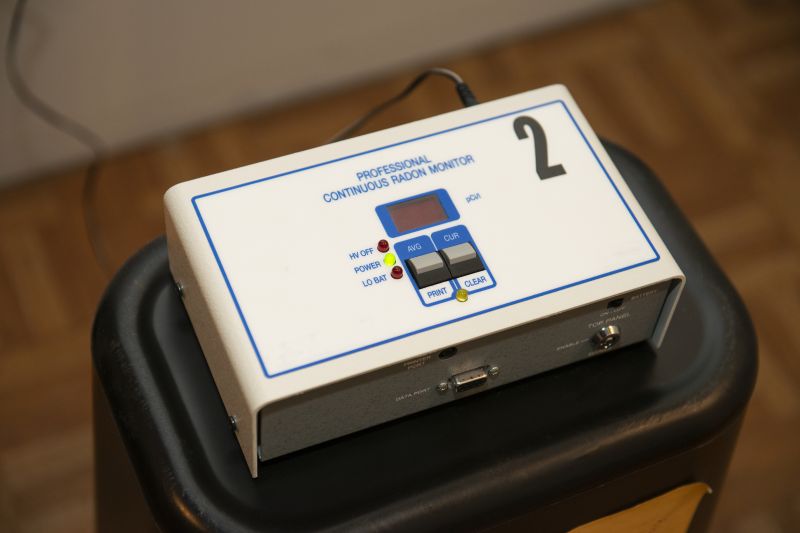
Post-installation testing verifies radon levels are within safe limits, confirming successful mitigation.
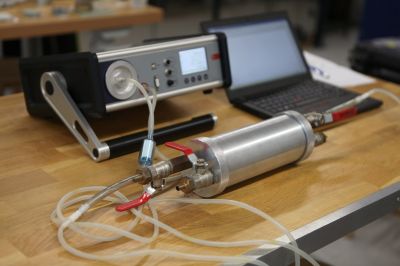
Final setup with sealed components and venting to ensure consistent radon reduction.
Properly installed radon mitigation systems can provide peace of mind by maintaining safe indoor air quality. Regular testing and system maintenance are recommended to ensure continued effectiveness over time.
Radon Mitigation System Components and Features
Key components of a radon mitigation system include vent pipes, which direct radon outdoors; exhaust fans that create negative pressure; and airtight seals to prevent leaks. These elements work together to ensure radon is effectively vented away from the building interior.
| Component | Purpose |
|---|---|
| Vent Pipes | Guide radon from beneath the building to the outside environment. |
| Exhaust Fan | Creates suction to draw radon out of the home. |
| Seals and Gaskets | Prevent radon leaks and ensure system integrity. |
| Manometer | Measures pressure to verify system performance. |
| Power Supply | Provides energy for the exhaust fan to operate. |
| Radon Fan Cover | Reduces noise and protects the fan from debris. |
| Monitoring Devices | Track system performance and radon levels. |
| Air Intake Vents | Allow fresh air to circulate within the system. |
Effective radon mitigation relies on proper system design, installation, and ongoing maintenance. Regular testing ensures the system continues to operate as intended, safeguarding indoor air quality.
For those interested in reducing radon levels, filling out the contact form can provide an opportunity to receive a detailed quote and consultation tailored to specific needs.
